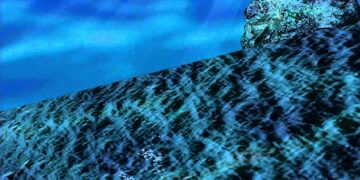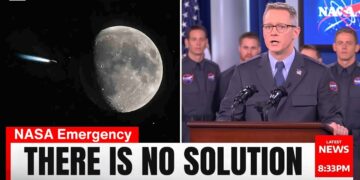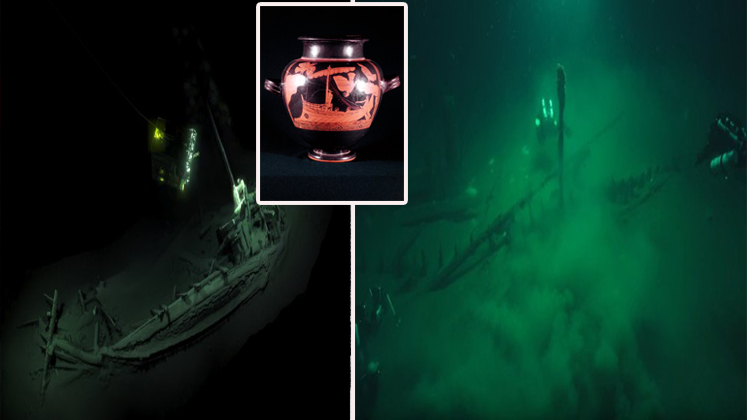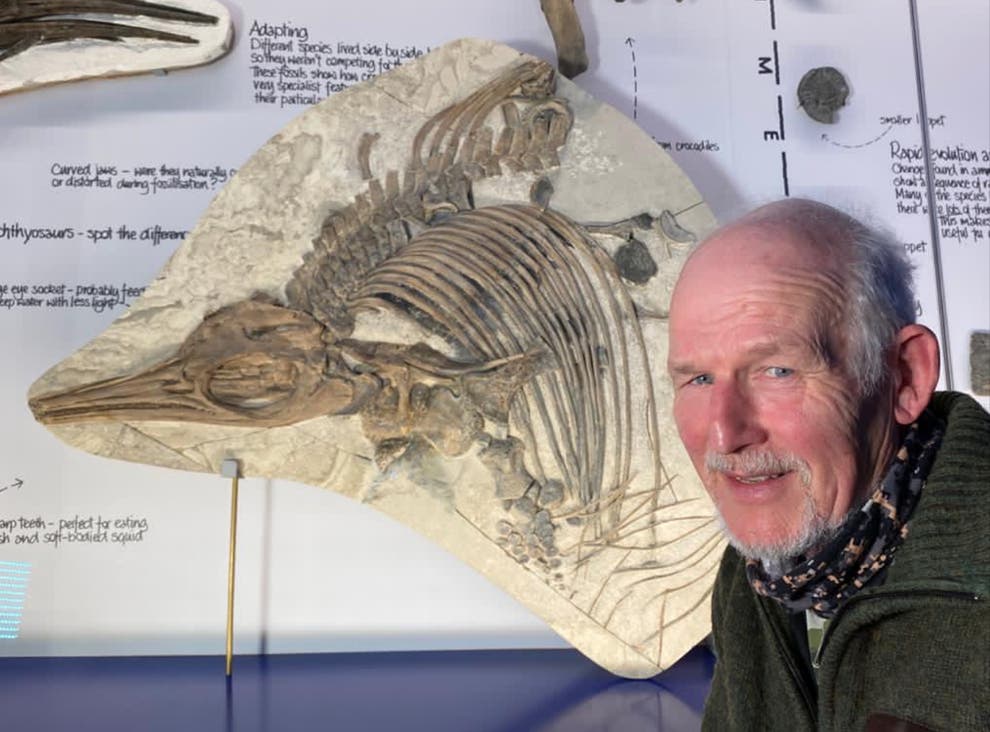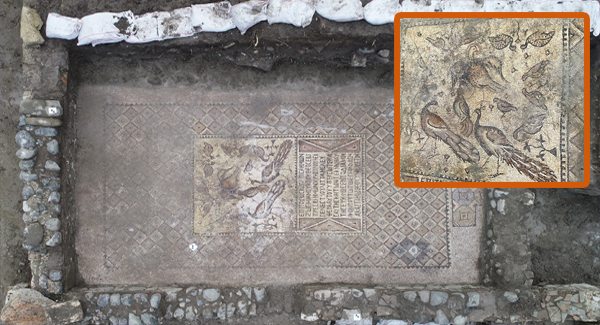India has achieved a monumental milestone, becoming the fourth nation—after the United States, China, and the former Soviet Union—to successfully land a spacecraft on the moon. The Chandrayaan-3 mission, executed by the Indian Space Research Organisation (ISRO), has not only marked a historic landing at the moon’s South Pole but also unveiled discoveries that are reshaping our understanding of the lunar landscape. These findings have stunned the global scientific community, sparking excitement, speculation, and urgent calls for further exploration.
A Landmark Landing at the Lunar South Pole
On August 23, 2023, Chandrayaan-3’s lander touched down gently on the rugged terrain of the moon’s South Pole, a region shrouded in mystery and long considered a key target for exploration. The mission overcame significant challenges, building on lessons from previous attempts, to deliver a flawless landing. Clear images of the untouched lunar landscape, unchanged for millions of years, captivated audiences worldwide, offering a rare glimpse into a pristine and ancient environment.
The South Pole’s significance lies in its potential resources. Scientists have long suspected the presence of frozen water in the region’s permanently shadowed craters, a critical asset for future lunar missions. Water can be used for drinking, producing oxygen, and creating rocket fuel, reducing reliance on Earth-based supplies. Chandrayaan-3 confirmed traces of water ice, alongside valuable minerals like magnesium, silicon, aluminum, calcium, iron, and sulfur. These resources could support the construction of lunar shelters, tools, and infrastructure, paving the way for sustainable human presence on the moon.
Unsettling Discoveries Beneath the Surface
Beyond its resource discoveries, Chandrayaan-3 uncovered enigmatic findings that have left experts puzzled. The mission’s rover, Pragyan, detected an unidentified material in the lunar soil that absorbs electromagnetic energy in an unprecedented way, unlike any known rock or mineral. This substance, which soaks up light and heat like a sponge, has sparked intense curiosity. Some speculate it could have unique structural properties with potential applications for energy storage, both in space and on Earth.
Additionally, the mission recorded anomalous heat signatures—unexpected bursts of warmth from beneath the surface. These signals challenge the long-held view of the moon as a geologically inactive body. Scientists are exploring whether these heat pulses stem from hidden materials, subsurface voids, or even faint geothermal activity. Seismic tremors and grid-like patterns detected by radar further suggest the presence of organized structures or caverns, hinting at a complex lunar history that may involve past volcanic activity or even speculative, non-natural origins.
Rewriting Lunar Geology
These subsurface discoveries are rewriting our understanding of the moon. Once thought to be a barren, unchanging rock, the moon now appears dynamic, with soft tremors and unusual elements like sulfur indicating possible volcanic activity in its distant past. The presence of water ice in shadowed craters offers hope for future lunar bases, while the detection of rare minerals underscores the moon’s potential as a resource hub. Each finding adds a piece to the puzzle of the moon’s formation and evolution, fueling excitement about its role in humanity’s spacefaring future.
Technical Anomalies and Rover Mysteries
The Chandrayaan-3 mission was not without challenges. Shortly after landing, the Pragyan rover exhibited erratic behavior, with sensors sending mixed signals and movements becoming unpredictable. These technical glitches raised questions about whether the lunar environment or unknown materials were interfering with the equipment. The detection of the energy-absorbing material and sudden heat bursts only deepened the mystery, suggesting that the moon’s surface and subsurface may harbor forces or substances beyond current scientific understanding.
Speculative Origins and Cosmic Questions
The mission’s findings have ignited speculative theories about the moon’s past. Could the unusual material, geometric patterns, and heat signatures be remnants of natural processes, or do they hint at something more extraordinary—perhaps evidence of ancient, advanced activity? While some attribute these anomalies to the moon’s harsh conditions, others entertain the possibility of extraterrestrial or long-lost human influence. These ideas, though far-reaching, underscore the moon’s enduring enigma and its ability to challenge our assumptions about the cosmos.
Implications for Lunar Colonization
Chandrayaan-3’s discoveries have profound implications for lunar colonization. Water ice could enable self-sustaining bases by providing fuel and life support, while minerals like silicon and sulfur could be used to construct habitats and tools through in-situ resource utilization. The mission’s detection of dynamic processes, such as tremors and heat signals, highlights the need for careful planning to ensure safe landing sites and resilient infrastructure. By harnessing the moon’s resources, humanity could establish a stepping stone for deeper space exploration, including missions to Mars and beyond.
Global Reactions and Inspiration
The success of Chandrayaan-3 has resonated worldwide, earning praise from scientists, leaders, and the public. Experts like Michio Kaku have expressed awe, while figures like Elon Musk have urged caution about the moon’s mysteries. Social media platforms, particularly X, have buzzed with discussions, with users sharing theories about the strange findings and dreaming of a future with lunar colonies. News outlets have celebrated India’s cost-effective approach and its role in fostering international collaboration. The mission has united people in wonder, reminding us that space exploration transcends borders and inspires collective curiosity.
A New Chapter in Space Exploration
India’s Chandrayaan-3 mission is more than a national triumph—it is a victory for human ambition and ingenuity. By uncovering water, minerals, and enigmatic phenomena, the mission has transformed the moon from a distant orb into a world of possibilities. Its discoveries challenge us to rethink the moon’s past, harness its resources, and plan for a future where humanity lives among the stars. As scientists prepare for follow-up missions to study these mysteries further, the moon continues to captivate our imagination, whispering secrets that beckon us to explore deeper into the unknown.



